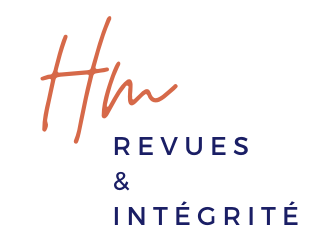Le 19 juillet, l’Indian Express, journal grand public (Bombay, en anglais, 550 000 exemplaires quotidiens) a publié le résultat d’une investigation sur le fonctionnement des revues prédatrices. Ils ont interrogé des responsables de ces revues et l’article est détaillé. « Over the last month, The Indian Express visited hundreds of such websites, criss-crossed the country from Ghaziabad to Mandsaur and Hyderabad, and interviewed owners, experts and “editors”, to find an ecosystem thriving in a grey zone. » L’article est illustré par une photo de l’immeuble où OMICS est installé.
Cet article explique comment fonctionnent les revues prédatrices, en citant les noms des responsables de ces nombreux groupes de presse. Ces revue sont faites par un ingénieur, ou un couple depuis leur domicile. La plupart ont répondu aux interviews en expliquant que les critiques et attaquent d’origine américaines étaient infondées. Par exemple, le responsable de IJRDO : « Naeem Akhtar, who lists himself as the “Chief Editor” or “Editor-in-Chief” of 32 journals published by IJRDO, runs a coaching centre for children at the address in Gurgaon listed on the websites of many of these publications « .

Parmi les commentaires de cet article, il y a d’anciens employés : « I was a formar employee of science domain. Most of the facts written is true. Many sdi journals are predatory but not all. In some cases it opted for pay and publish option with little peer review. Employee are pressurised to process a manuscript with low or no quality. Therefore most of the manuscripts submitted from under developed countries. Not only science domain there are few other sister companies are owned by the same owners. But there are some good sciencedomain journals too« .
Je n’ai commenté qu’un article d’une série publiée par l’Indian Express. Il y a beaucoup d’informations sur ce business des revues prédatrices avec des interviews… à parcourir !
Je remercie Aka Louka Kattie qui m’a passé cette information

